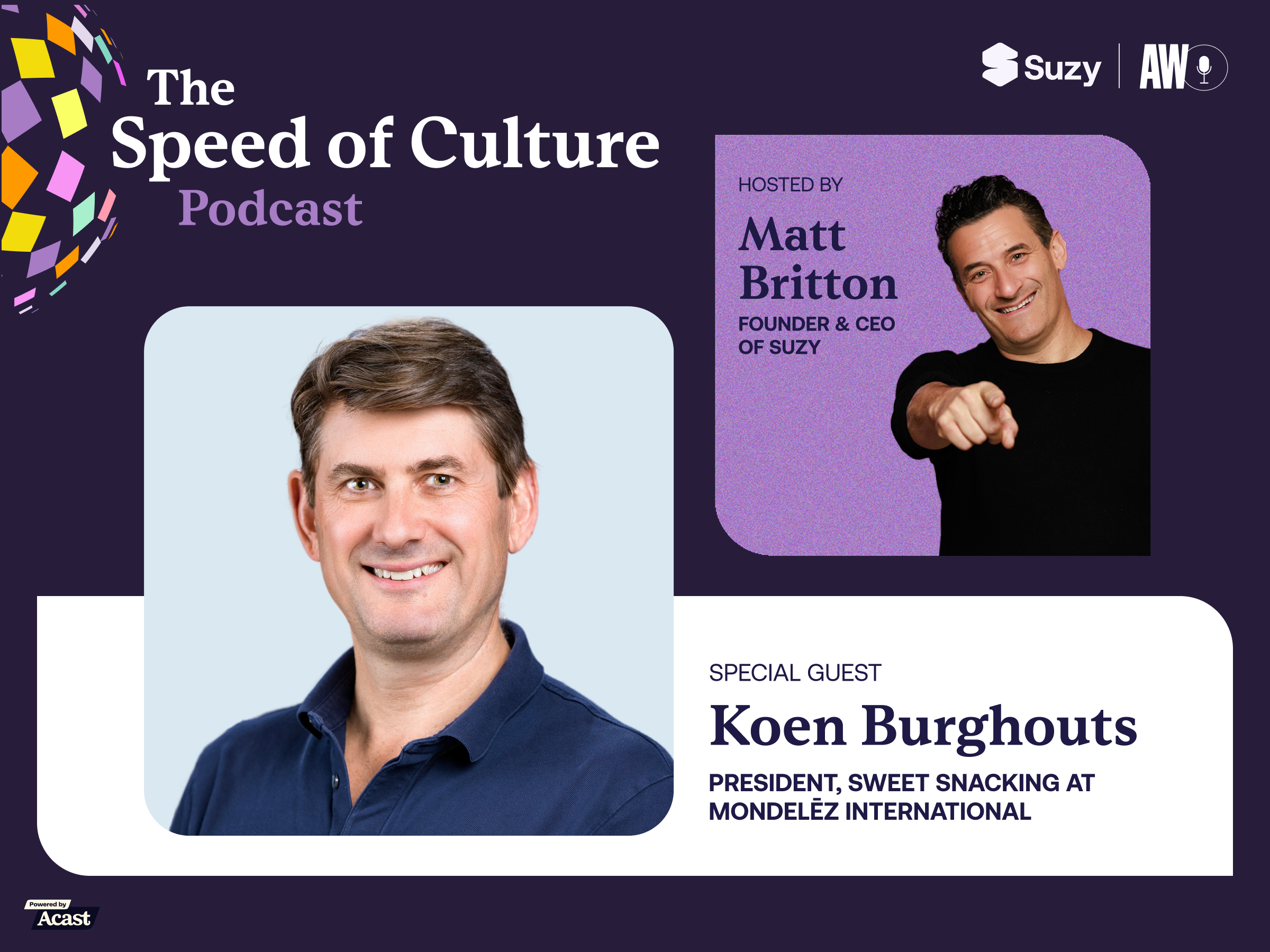Enterprise brands are always looking for ways to improve their understanding of customer needs and behaviors. One approach that has gained popularity in recent years is iterative market research.
At its core, iterative market research is an optimization of the consumer feedback loop that helps brands continually adapt their products or services to better meet the needs of their target customers.
By continually collecting data and building off of previous research with consumers, companies can gather more robust, well-rounded insights to make real-time adjustments to their offerings.
What is iterative market research?
Iterative market research is a method of conducting market research in which researchers can build off their previous studies to enhance and dig deeper into their findings.
Using a multi-method and iterative approach drives boardroom-safe and highly actionable insights to enable brands to make better, more informed decisions. By conducting ongoing research with consumers, brands can improve the quality of their products and services and keep the voice of the consumer at their fingertips at every stage of development.
An example of iterative research
Let's say you're trying to understand which packaging format should be chosen for your bottled drink product. You may want to start with a cap design, as you’ve determined in your previous research that ease of use is a key differentiator when it comes to bottled drinks.
First, you could start out by conducting a MaxDiff question to narrow down a list of 30 different cap and lid ideas. MaxDiff analysis is a market research technique that quickly identifies consumer preference among a large list. From a MaxDiff, you can quickly reduce your list of 30 packaging formats to the top performing 10. Then it's time to iterate on your MaxDiff results further.
Your next step could be conducting monadic testing. A monadic test, also known as A/B testing, allows you to test each concept one at a time, so you can truly zero in on the respondent feedback. By conducting a monadic test, you can ground those MaxDiff results with real-world metrics, like appeal, purchase intent, and uniqueness, and it reveals two ideas that outperform the rest at statistically significant confidence levels.
Lastly, you can take the final two idea options, bring them to prototype development, and send both prototypes to consumers’ homes via an in-home usage test (IHUTs), where you can watch consumers interact with both options live and on camera, get their reactions in real-time, and ultimately choose a winning package format for your bottled drink product.
This multi-stage, multi-method approach can be done quickly and at scale, while still providing you with the well-rounded and robust insights needed to make an informed decision about your product’s packaging.
How to conduct iterative research
To conduct iterative research, we recommend a mixed-methods approach that includes both quantitative and qualitative research. Often, it might start with quantitative research to get measured insights, such as surveys and advanced quant methodologies, including MaxDiff, TURF, or monadic testing. Next, you can follow up (or iterate!) with qualitative market research to get a deeper understanding of the why behind your quantitative results via focus groups, in-depth interviews, or in-home usage tests.
The key is to build off of your previous research to further validate and enhance your insights.
Case studies of iterative research with Suzy
Iterative research can be run across a variety of use cases, including concept testing, shopper analysis, brand tracking, claims testing, and much more. Here are a few examples of how iterative research can be conducted.
- A major eCommerce brand wanted to understand how to improve landing page layout and content after declining click-through rates. Using a heatmap, the team was able to uncover the visual path gaze and how much attention consumers gave to certain content on the page. With an understanding of what grabbed attention and what didn’t, the team was able to iterate and retest using a monadic test to validate the designs that drove more engagement, interest, and conversions.
- A popular kids’ beverage brand needed to get feedback on over 20 flavor concepts—fast. With the results from flavor concept testing from MaxDiff analysis, the team was able to identify the flavors that resonated most with their target grocery shoppers. From there, they were able to send the top-performing flavor option directly to those consumers’ homes by conducting an IHUT, so they could validate their findings where it matters most: in the consumers’ hands and at home.
- The CMI & shopper team of a major coffee brand needed to understand how to grow their in-store sales for a big box retailer. The team conducted a path-to-purchase survey with store shoppers and purchasers of their brand and their competitors’ brands to understand motivations and shopping journeys that ended in a conversion. Next, the team was able to invite select shoppers into focus groups to dig deeper into their needs and perceptions of the brand, and the team was able to use these insights to prompt their channel strategy and gain shelf space.
Last words on iterative research
With modern market research tech, businesses of all sizes now have the power to act on insights more quickly and make impactful decisions in real time. By employing iterative research methods, you can gather valuable insights to prompt your business decisions and drive growth. When done right, this iterative approach works wonders for enhancing your competitor analysis and insight and gaining a much deeper understanding of your consumers’ needs. It’s even more important today, as consumers' spending habits change rapidly and the data that you might have collected a few months ago is completely irrelevant today.
.webp)







